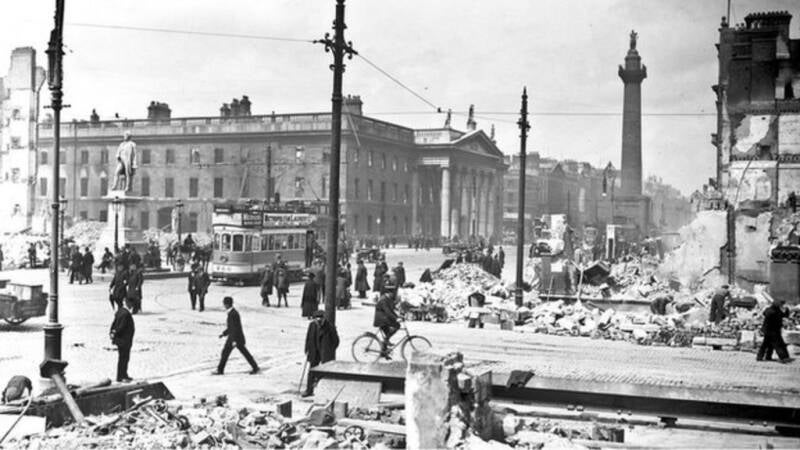Cliffs of Moher and Galway




A Fascinating Journey Through Irish History

Ireland’s story is one of resilience, revolution, and rebirth. From ancient Celtic roots to modern European identity, here’s a curated timeline of the key events that shaped the island and its people.
Ancient & Early Medieval Ireland
-
Pre–500 BCE: Celtic tribes arrive, bringing a new language and culture that will define Ireland for centuries.
-
5th Century CE: Christian missionaries, including the legendary St. Patrick, begin converting the Irish.
-
795: Vikings raid Rathlin Island—the first of many incursions that shape early medieval Ireland.
-
841: The Norse establish permanent settlements, founding cities like Dublin and Annagassan.
-
1002–1014: Brian Boru becomes High King. Though killed at the Battle of Clontarf, his forces defeat the Vikings and Leinstermen.

Norman Invasions & English Rule
-
1169: Normans land in Ireland, invited by an Irish king seeking help in a local power struggle.
-
1171–1172: King Henry II of England arrives to assert control, beginning centuries of English involvement.
-
1366: The Statute of Kilkenny tries—and fails—to stop the blending of Norman and Gaelic cultures.
-
1494: Poynings’ Law makes the Irish Parliament subordinate to England.
Turbulence, Rebellion & Colonization
-
1601: The Battle of Kinsale marks the end of major Irish resistance to English rule.
-
1607: The “Flight of the Earls” sees Gaelic leaders go into exile.
-
1609: The Plantation of Ulster begins, bringing Protestant settlers to the north.
-
1641–1649: Rebellion, war, and the brutal campaigns of Oliver Cromwell devastate the island.
-
1690: At the Battle of the Boyne, Protestant King William defeats Catholic King James II—still commemorated today.
-
1695: Harsh Penal Laws begin, severely restricting Catholic rights.


Reform, Revolution & Nationalism
-
1782: Irish Parliament briefly gains legislative independence.
-
1798: The United Irishmen launch a failed, yet iconic, rebellion.
-
1801: The Act of Union dissolves the Irish Parliament, merging Ireland into the United Kingdom.
-
1845–1849: The Great Famine kills over a million and forces many more to emigrate.
-
1880s: The Land War erupts, demanding justice for tenant farmers.
Cultural Revival & Road to Independence
-
1884: The GAA is founded, promoting native sports and Irish identity.
-
1916: The Easter Rising shakes Dublin and stirs national sentiment.
-
1919–1921: The War of Independence leads to the partition of Ireland.
-
1922: The Irish Free State is born. Civil war follows between pro- and anti-Treaty forces.


Shaping a New Nation
-
1932: De Valera becomes Taoiseach (Prime Minister), beginning decades of Fianna Fáil political dominance.
-
1937: A new constitution declares Ireland a sovereign state.
- 1939–1945: Ireland remains officially neutral during World War II, although it faces rationing and internal security threats.
-
1949: Ireland officially becomes a republic.
-
1950s–60s: Population growth, economic reform, and the rise of national media transform Irish society.
Northern Ireland & The Troubles
-
1969: Civil rights clashes ignite decades of conflict in Northern Ireland.
-
1972: Bloody Sunday, British troops kill 14 protesters in Derry, escalating the conflict.
-
1973: Sunningdale Agreement, Early power-sharing deal collapses after unionist backlash.
-
1981: Bobby Sands dies; republican cause gains political momentum and becomes a symbol of republican resistance.
-
1998: The Good Friday Agreement ends the Troubles and brings hope for lasting peace.

Modern Ireland
-
2002: Ireland adopts the Euro.
-
2008–2010: The financial crisis hits hard; a bailout from the EU and IMF follows, 85 Billion to stabilize the economy.
-
2015: Ireland becomes the first country to legalize same-sex marriage by popular vote.
-
Today: A global cultural force, Ireland balances tradition and modernity while continuing to evolve on the world stage.

